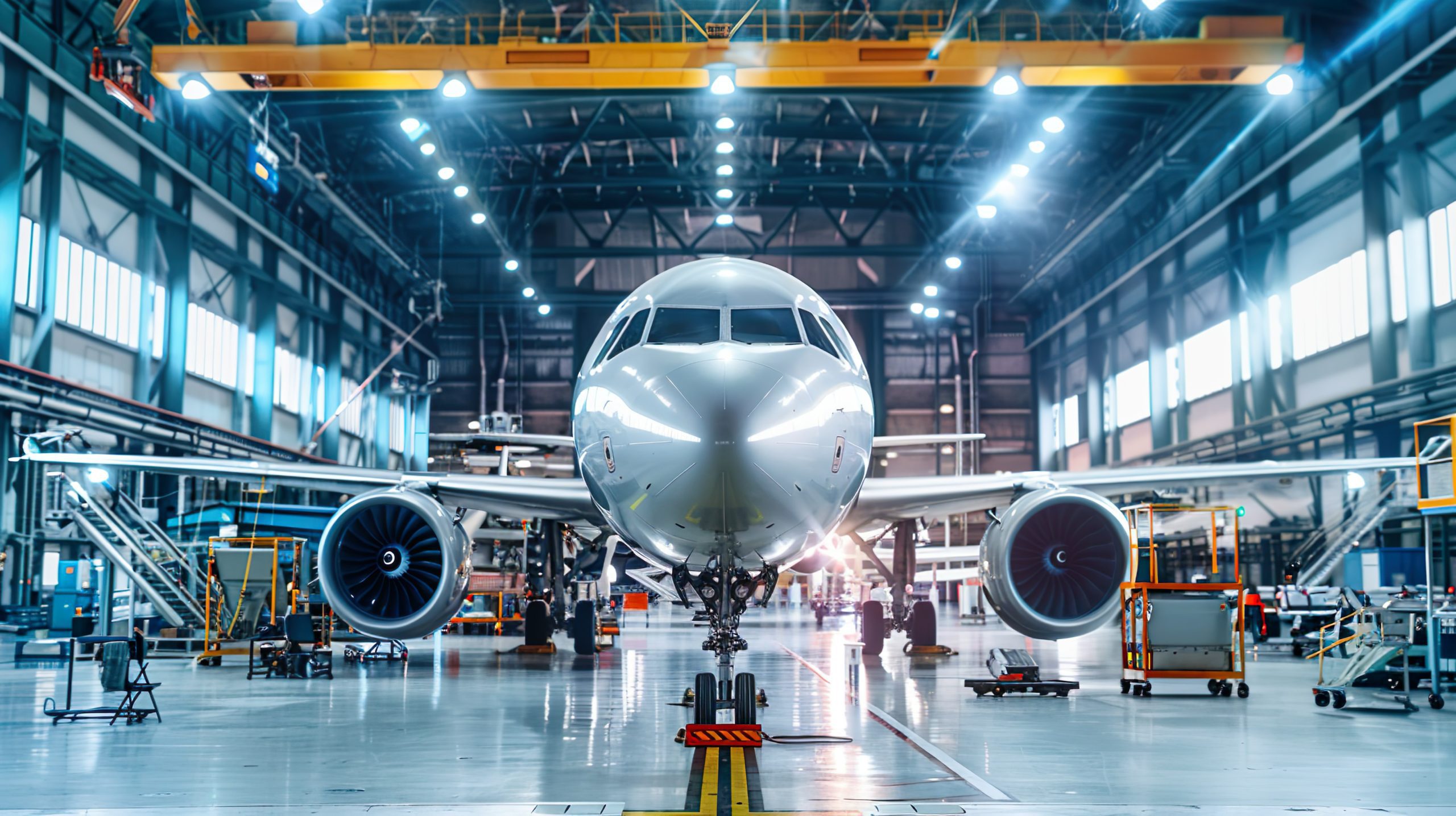The Sky’s the Limit for Cincinnati’s Aerospace Industry

Ohio, and the Cincinnati region, has every right to win in the aerospace industry because it has always been at the forefront of flight. Ohio’s aviation legacy began with Orville and Wilbur Wright, who pioneered powered flight in 1903. In their workshop, they not only built the Wright Flyer, but they also invented the first-ever three-axis control system, the critical breakthrough that made controlled, sustained flight possible. That spirit of innovation laid the foundation for Ohio’s enduring leadership in aerospace, and it continues today through institutions, companies and talent that define the future of flight.
Today, Ohio plays a vital role in the aerospace industry as a top 10 state for attracting investment. REDI Cincinnati has established a set of key performance indicators to monitor, report on and address industry activity in our region and with aerospace specifically, we have found that our region contributes significantly to national aerospace activity, generating $5.3 billion in local gross regional product. Plus, 18,000 workers are employed by the aerospace industry in our region, and jobs grew at a rate of about 2% between 2019 and 2024.
GE Aviation, now known as GE Aerospace, established in 1948, has been instrumental in positioning our region as an aerospace hub. The 2% job growth—bringing the local aerospace workforce to 18,174 jobs in 2024—is a key performance indicator and driven in part by GE Aerospace’s influence. At REDI and JobsOhio, we recognize that strong employment metrics are a direct reflection of a region’s economic momentum. Today, 185 aerospace businesses operate across the region, marking a 28% increase since 2019. Just as notably, the sector’s $5.3 billion gross regional product (GRP) has grown by 11% over the past five years.
Looking deeper into Cincinnati’s aerospace industry activity, we can get a better look at how our region fares in comparison to national averages. For starters, Cincinnati is home to 18,714 aerospace jobs, while the national average is 9,918 for a region our size, meaning our region employs almost twice the U.S. average when it comes to workers in the industry, signaling a strong specialization. And these workers make more here than they do elsewhere, too, with an average aerospace worker earning $158,980 locally (the national average is $143,753).
So where are all these employees heading to work? Industry concentrations span a gamut of aerospace organizations, from parts and instruments manufacturing to air transportation to satellite communications. GE Aerospace, with its workforce of 10,000, is a major employer, and the Cincinnati/Northern Kentucky International Airport, or CVG, (the 7th largest cargo airport in North America) is a bustling aerospace hotspot. Our region is home to several leading aerospace support companies, including Lockheed Martin, RH Aero, Atlas Air, Safran Landing Systems, L2 Aviation, L3Harris and more.
Case Study: StandardAero’s Three Expansions Support Long-Term Aerospace Growth
Overview
StandardAero, one of the world’s largest independent providers of maintenance, repair and overhaul (MRO) services for aircraft engines and airframes, has steadily expanded its operations in Sharonville, Ohio, responding to strong demand in the aerospace aftermarket sector. With support from REDI Cincinnati, JobsOhio, and the City of Sharonville, the company is growing its footprint and workforce to solidify its long-term presence in the region.
Initial Expansion and Workforce Development
In January 2019, StandardAero announced a $10 million expansion aimed at accelerating the company’s ability to meet workforce needs. The investment supported efforts to fill 70 immediate openings and laid the groundwork to grow the team by an additional 250–300 employees. REDI Cincinnati and JobsOhio worked with StandardAero to deliver customized talent acquisition services and develop specialized technician training programs tailored to the region.
Continued Growth and Economic Impact
On June 2, 2025, StandardAero announced its third major expansion in Sharonville, increasing its operations to nearly 11 acres. This phase of growth is expected to add another 300 new jobs, bringing the total employment at the Cincinnati site to over 1,000. The expansion reaffirms the region’s competitiveness in aerospace and showcases the strength of local and state collaboration.
And as for what’s to come, the future is looking up for the aerospace industry, with emerging technologies creating brand-new employment opportunities across the sector.
Sustainable aviation that utilizes hydrogen power for more environmentally friendly air travel is an exciting new area of development for aerospace work, as are 3D-printed drones and other advanced air mobility equipment reinventing how we move and deliver. Air mobility is a rapidly growing sector within aerospace that focuses on developing advanced aircraft and technologies to enable efficient, on-demand transportation of people and goods across regional and urban environments. AI is set to assist pilots with their in-air duties, and autonomous drones offer up a world of possibilities. Near-term space technologies like reusable spacecrafts and space tourism are exciting new developments, and academic research into such areas as turbulence and efficient propulsion systems engage forward-thinking learning institutions in the aerospace innovations of tomorrow.
Want to learn more about the aerospace industry in the Cincinnati region? Contact one of our team members to get started!
